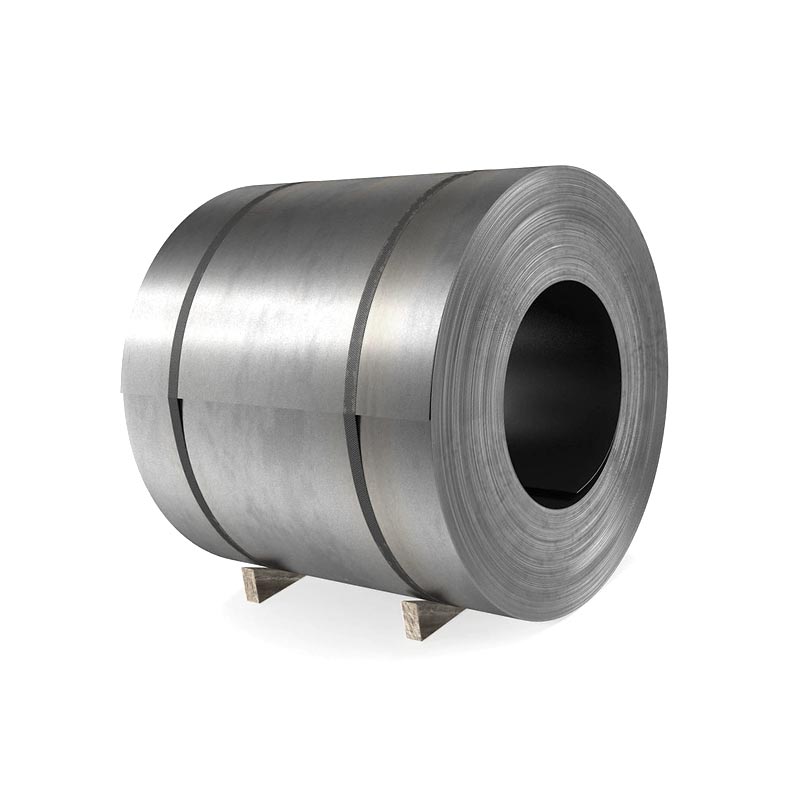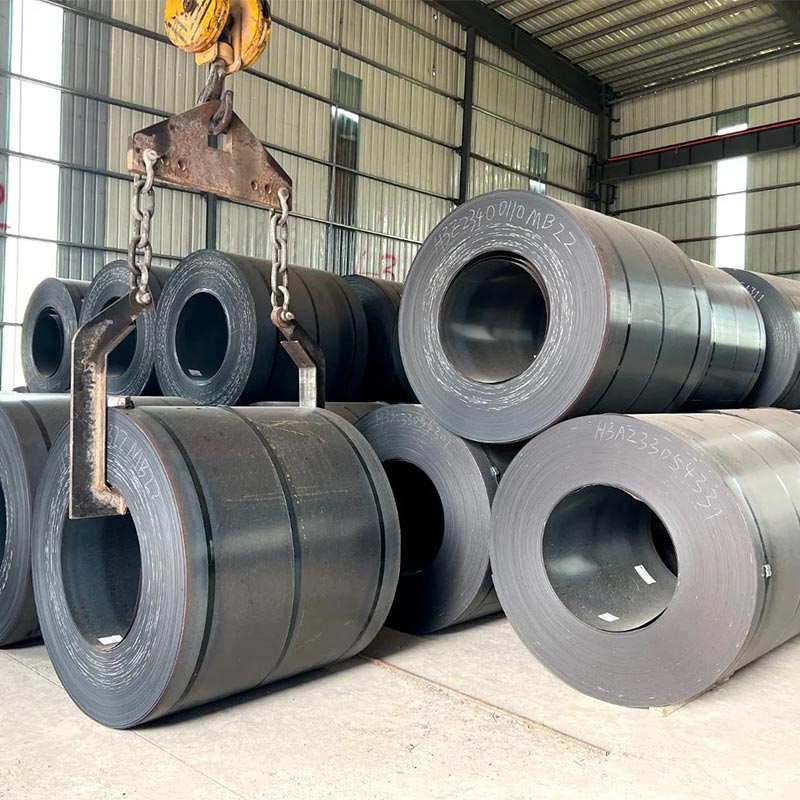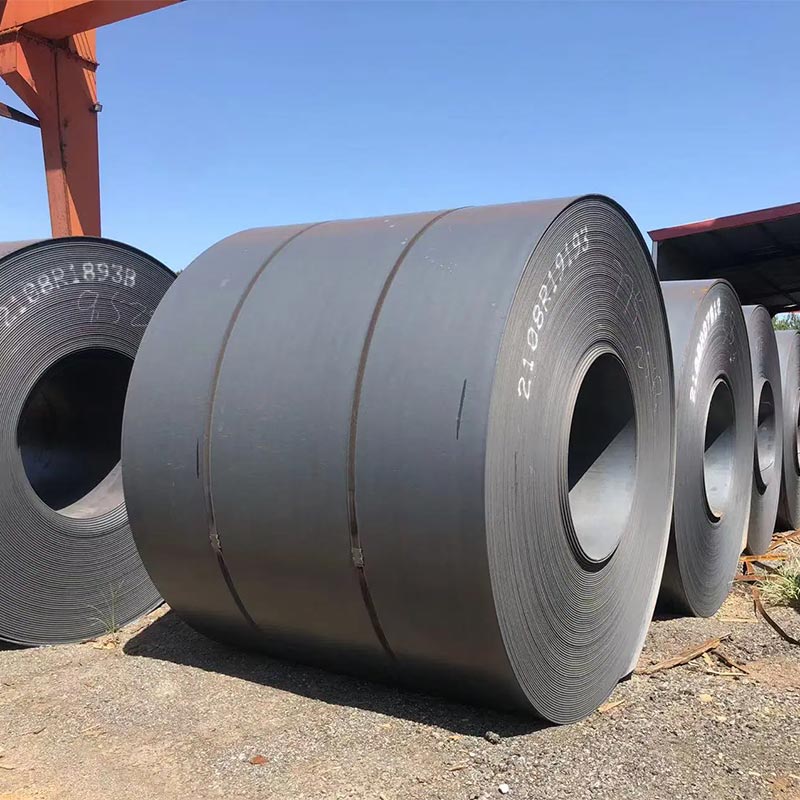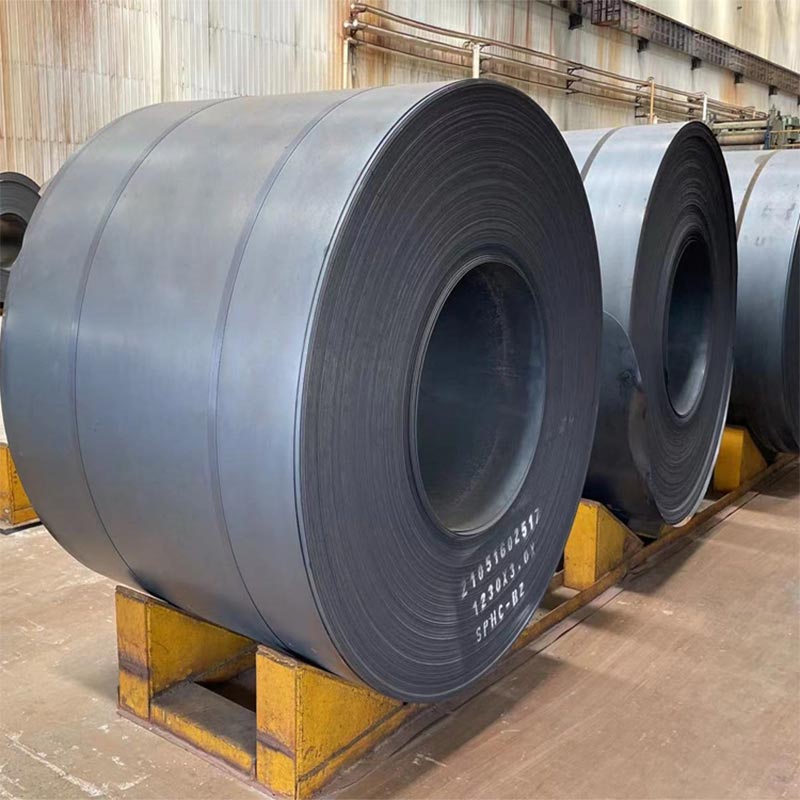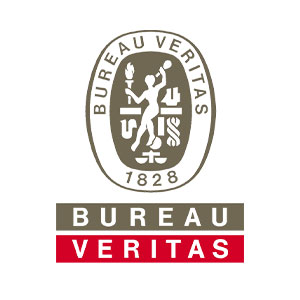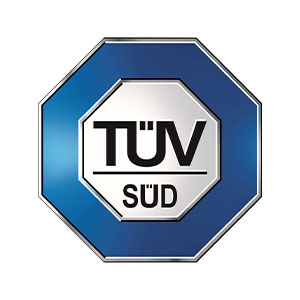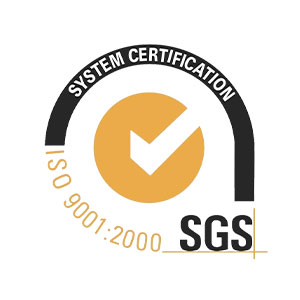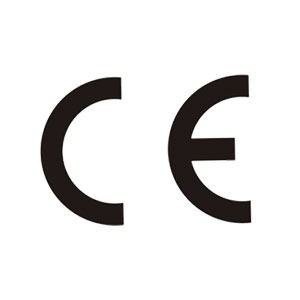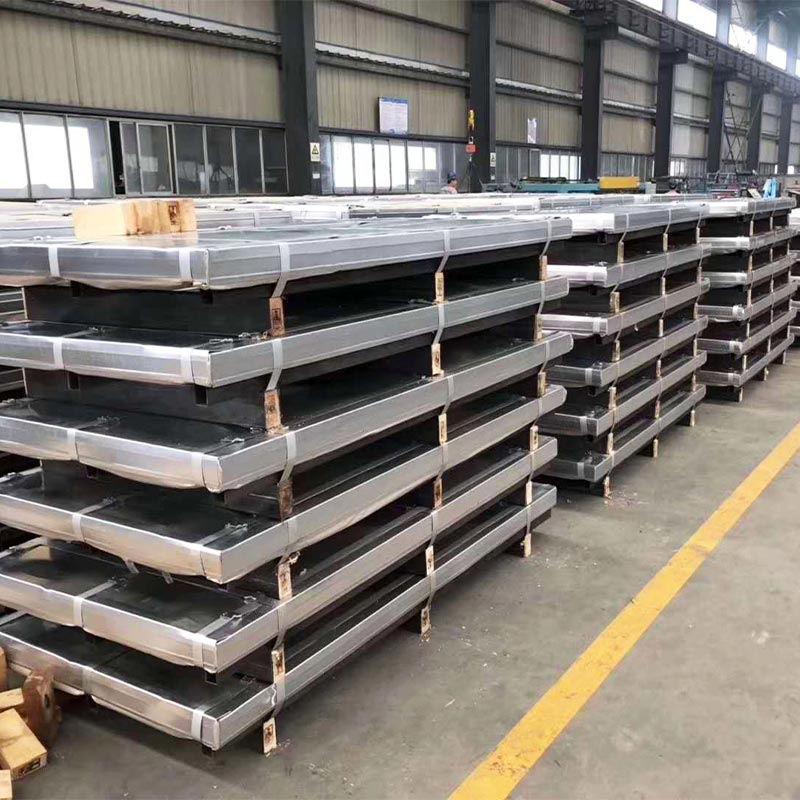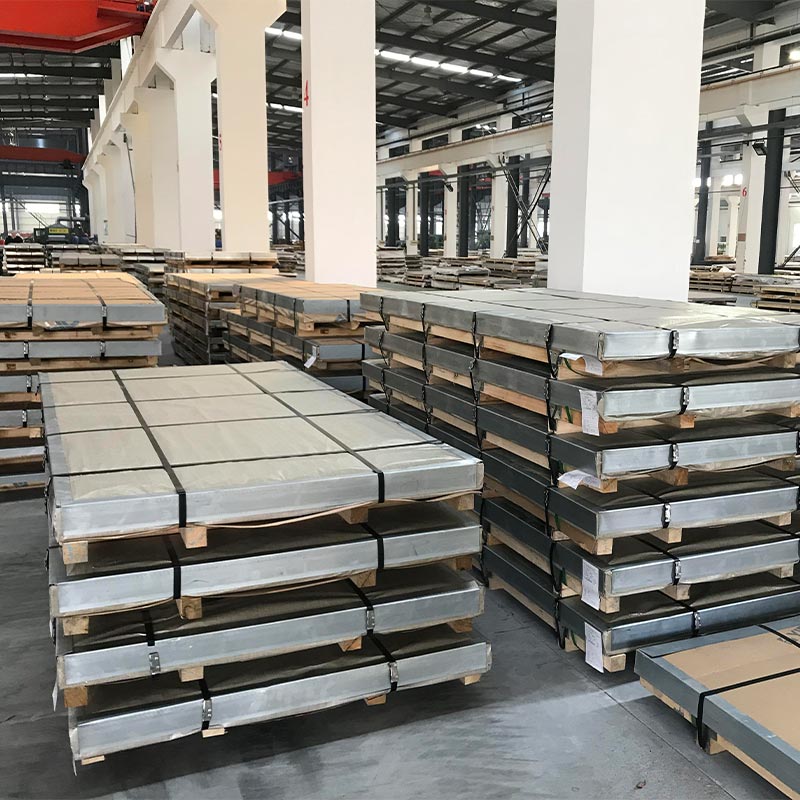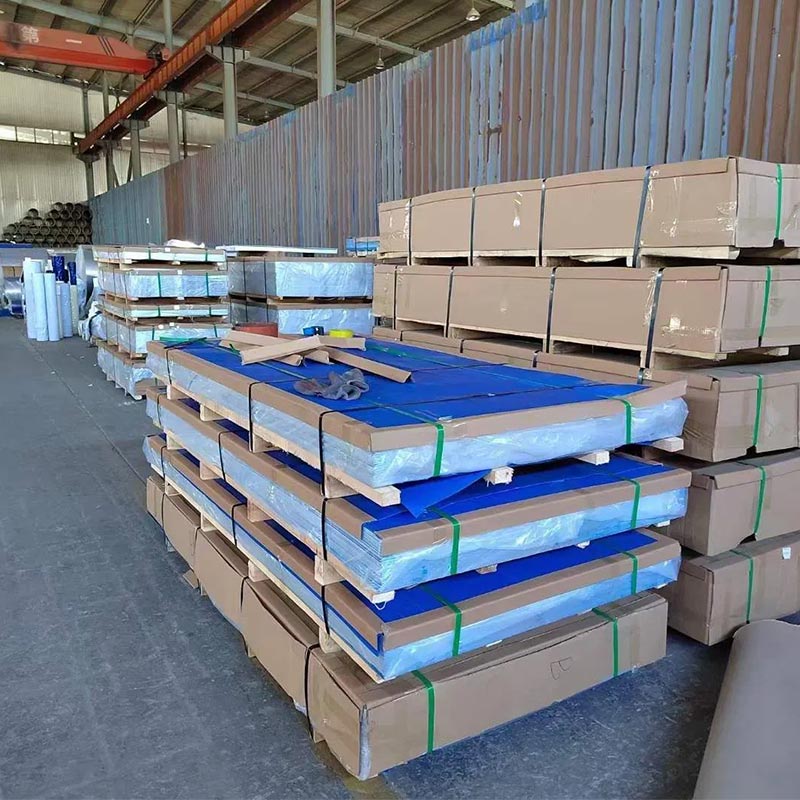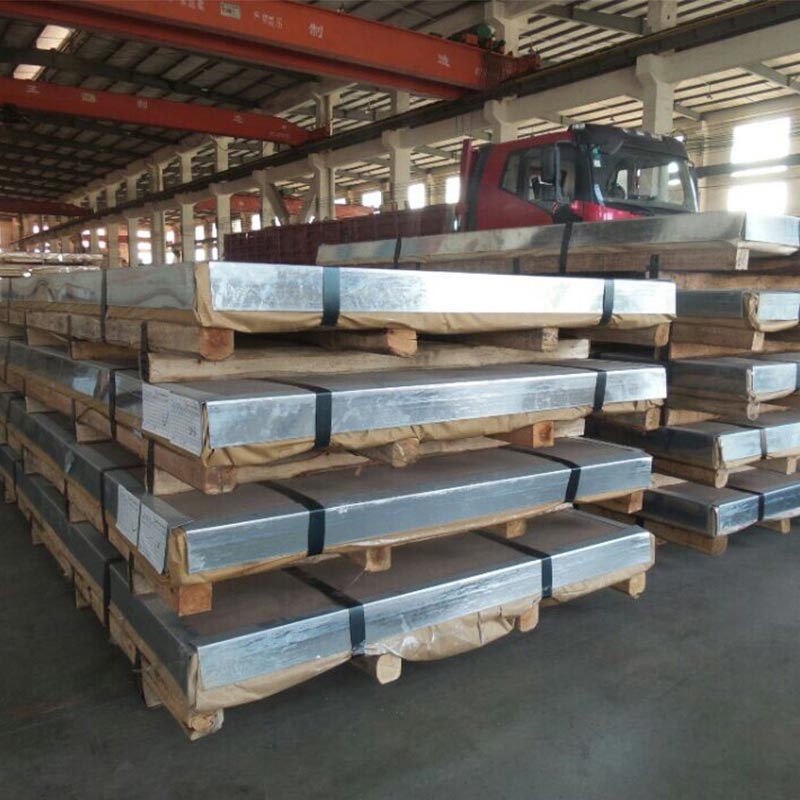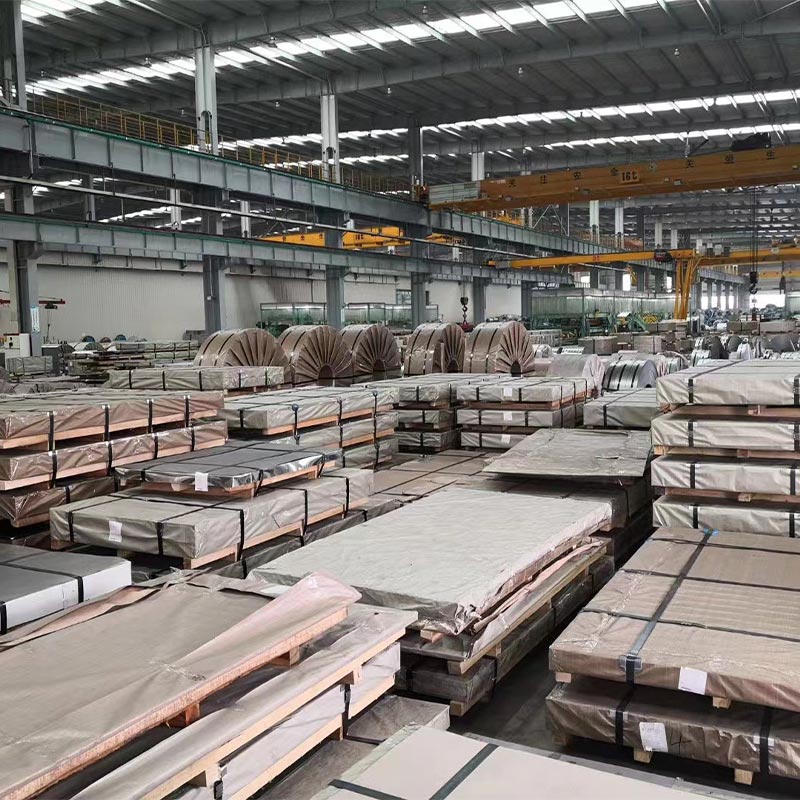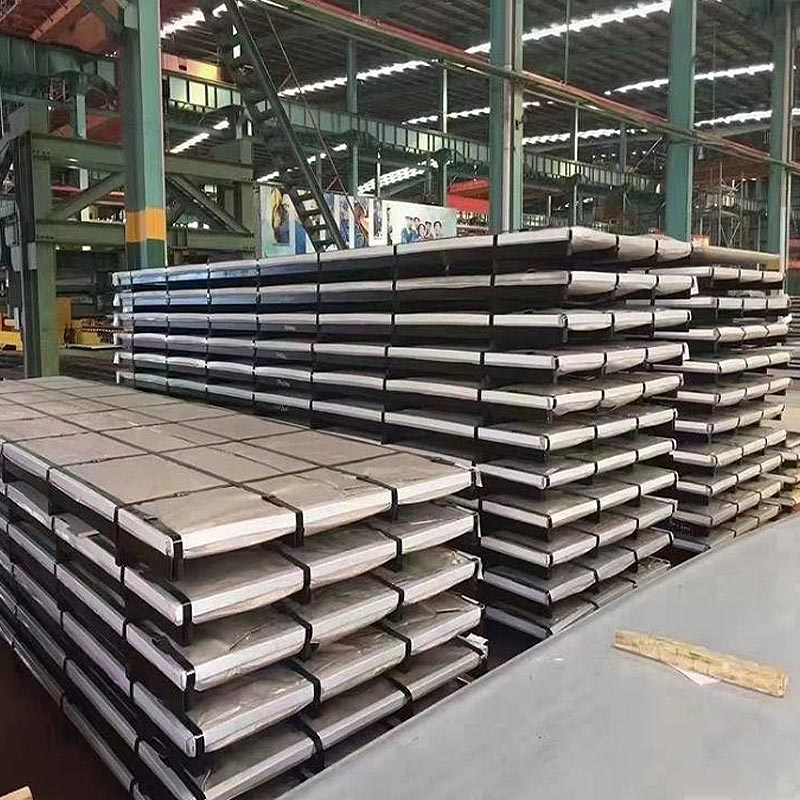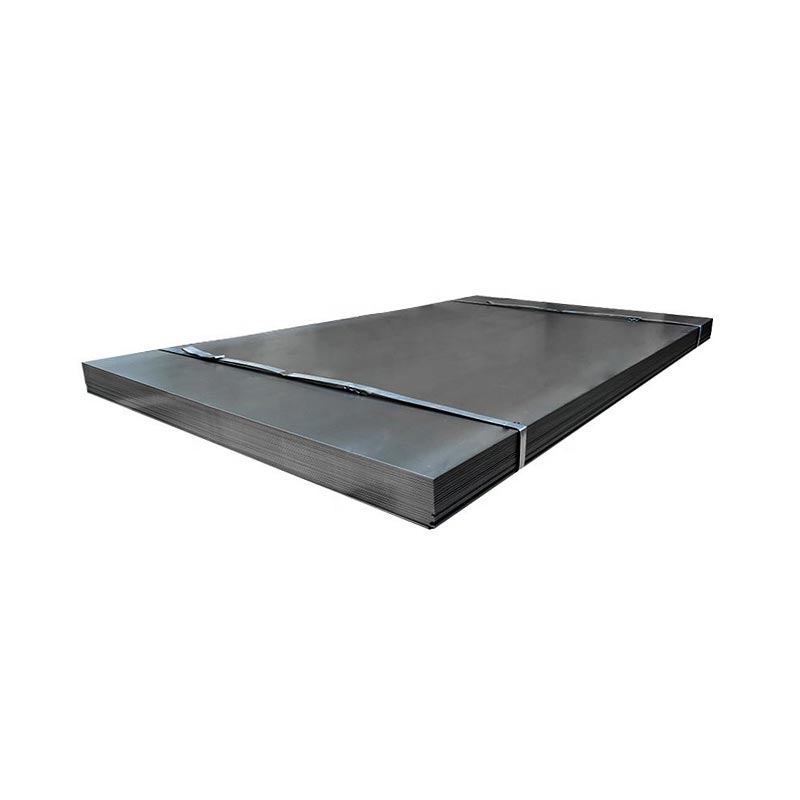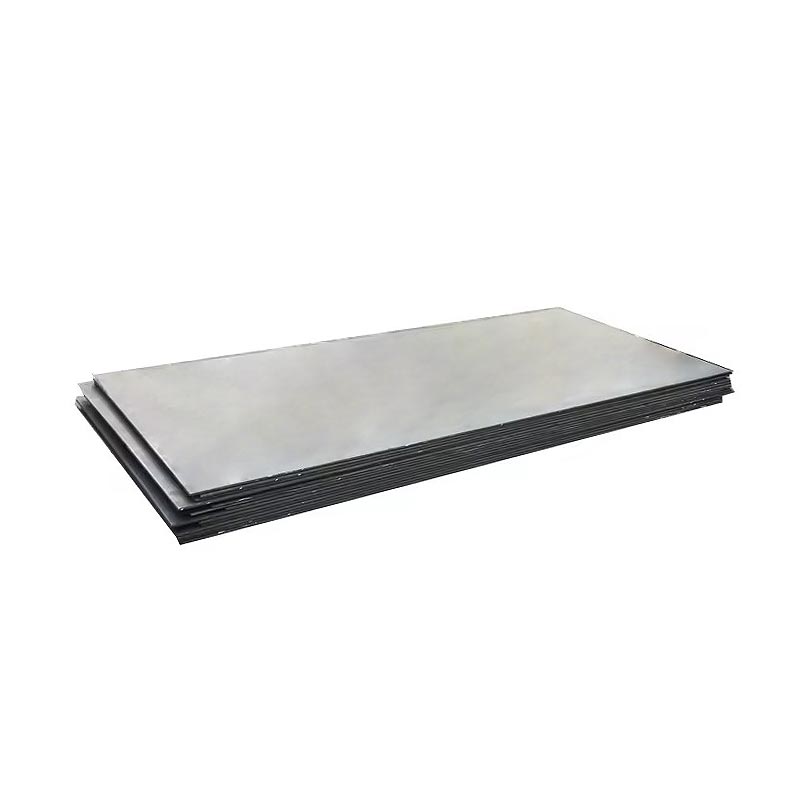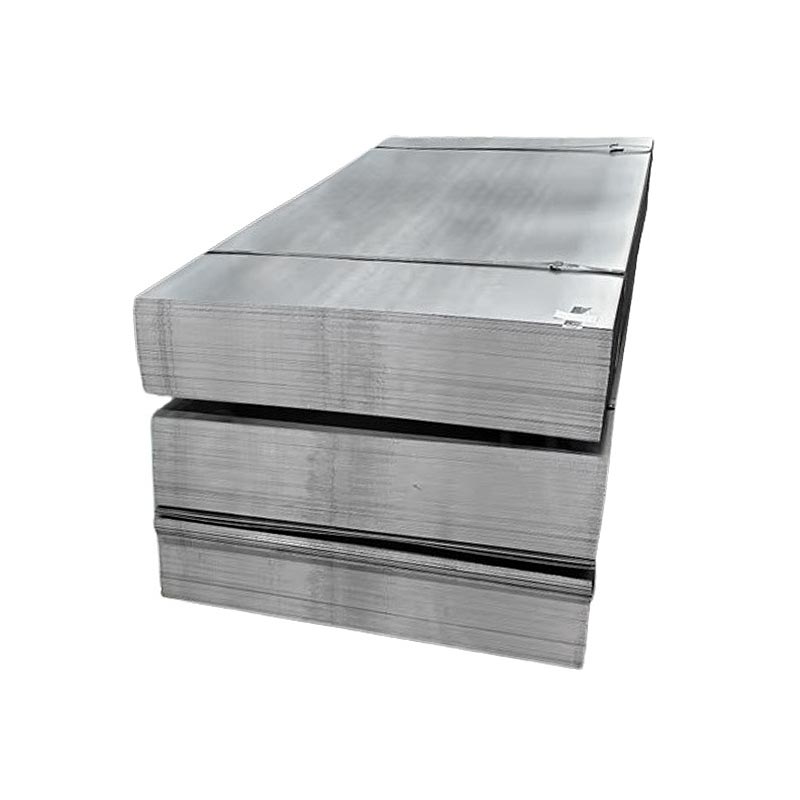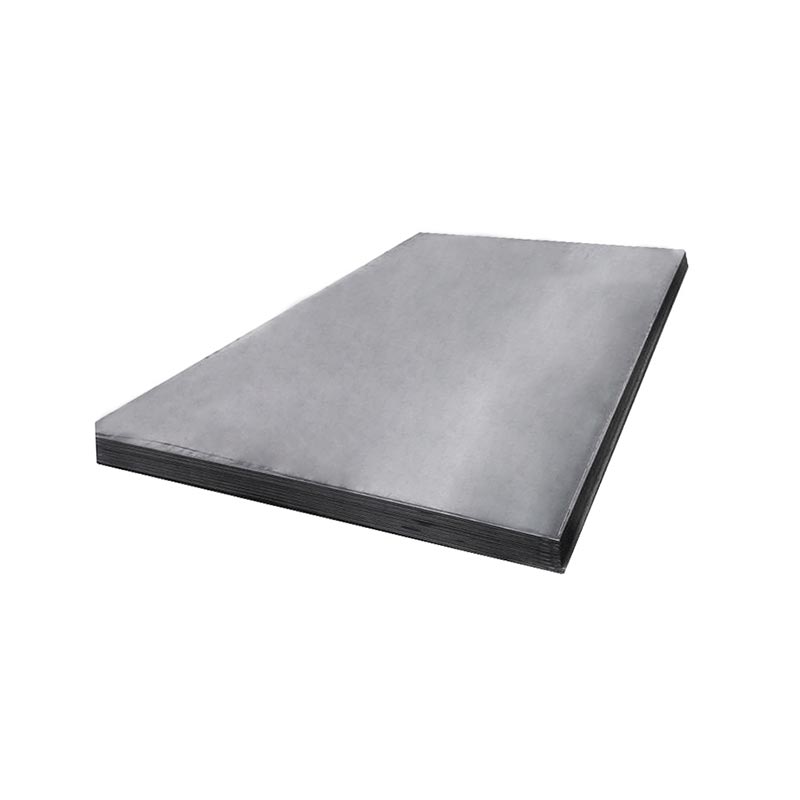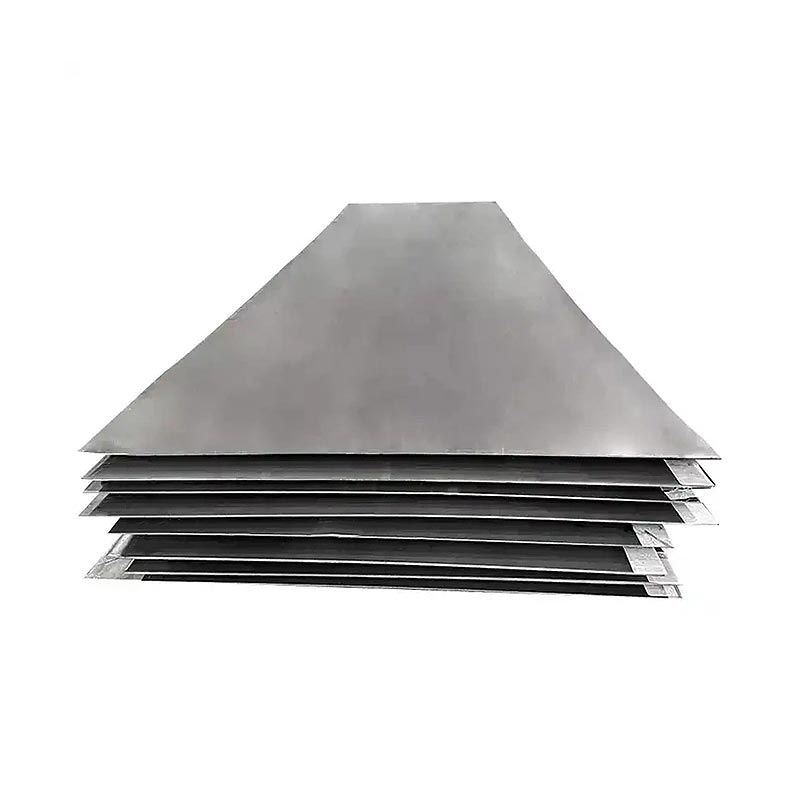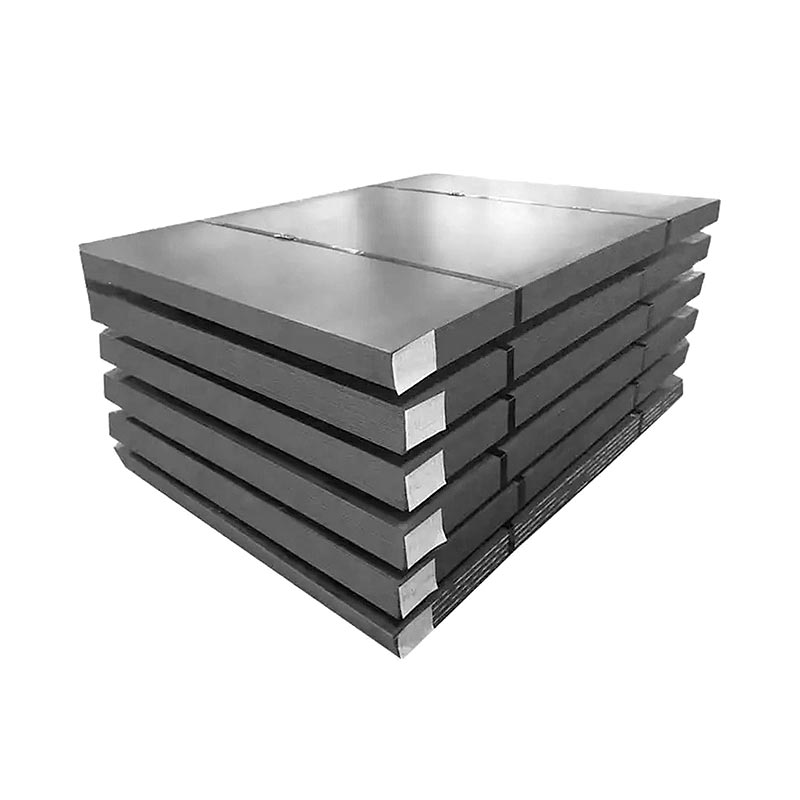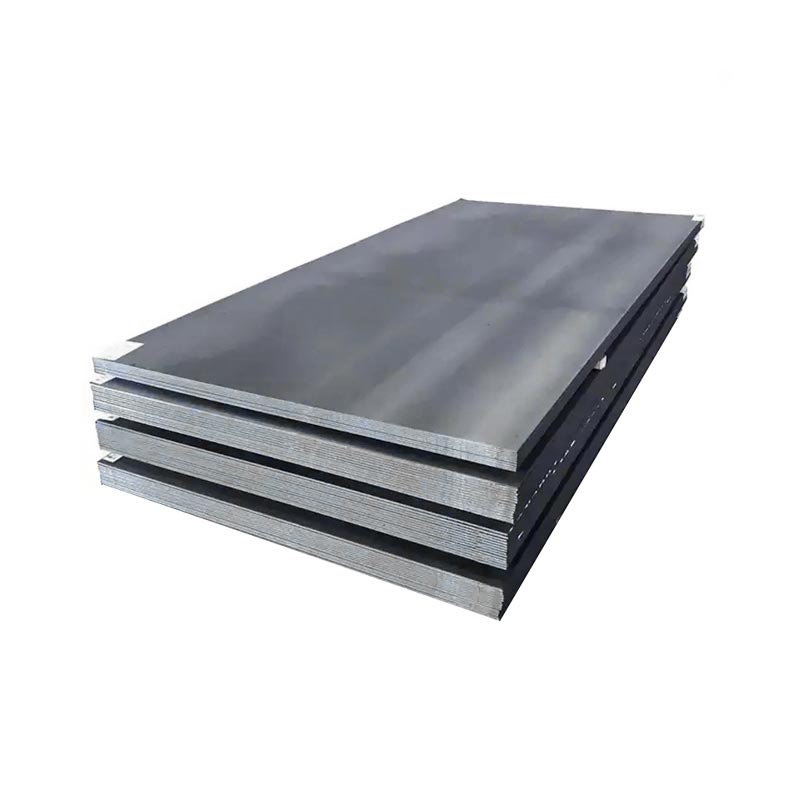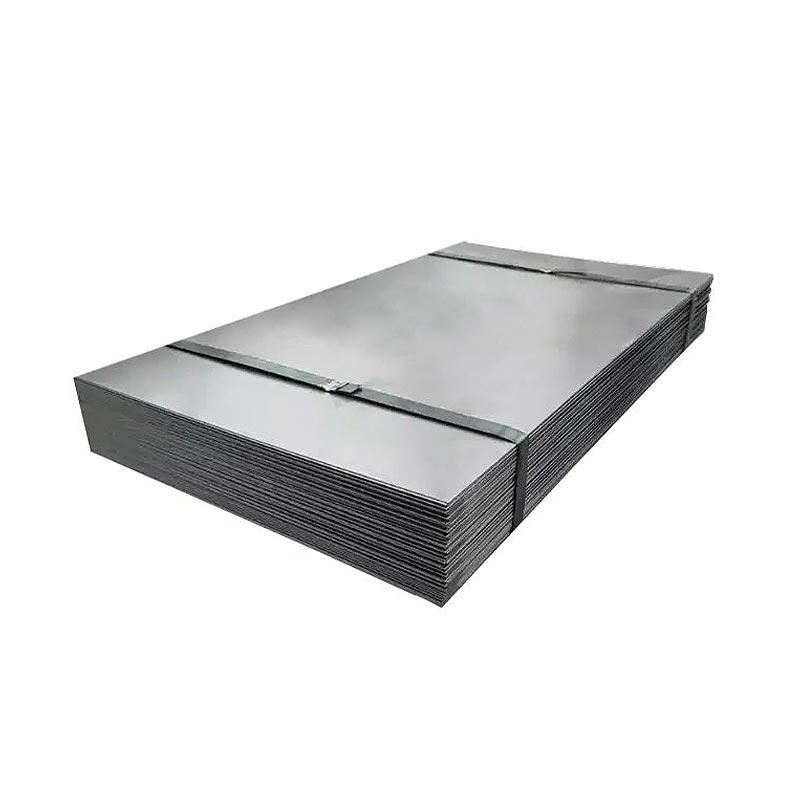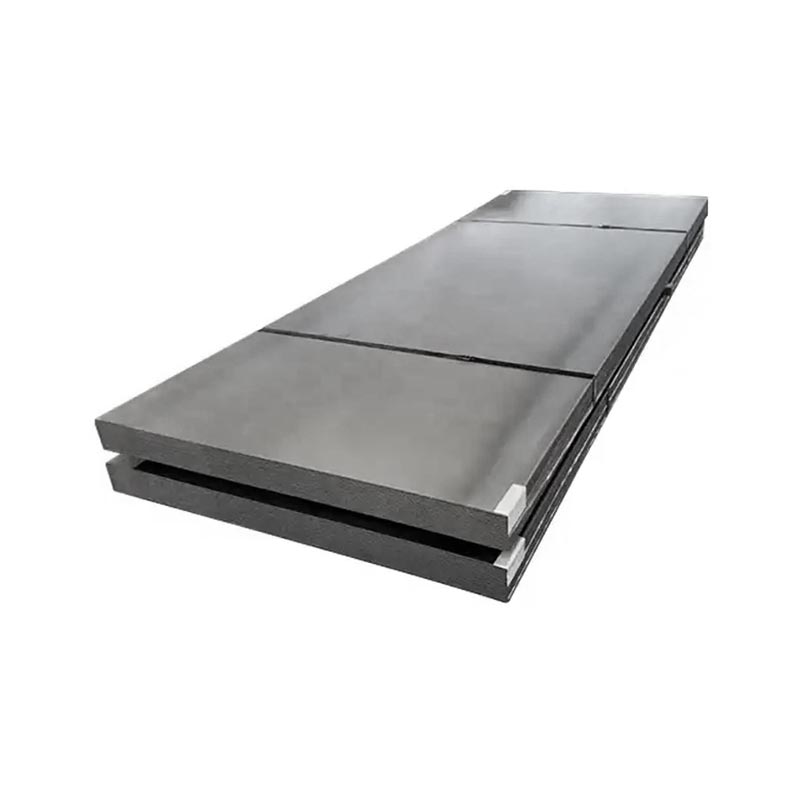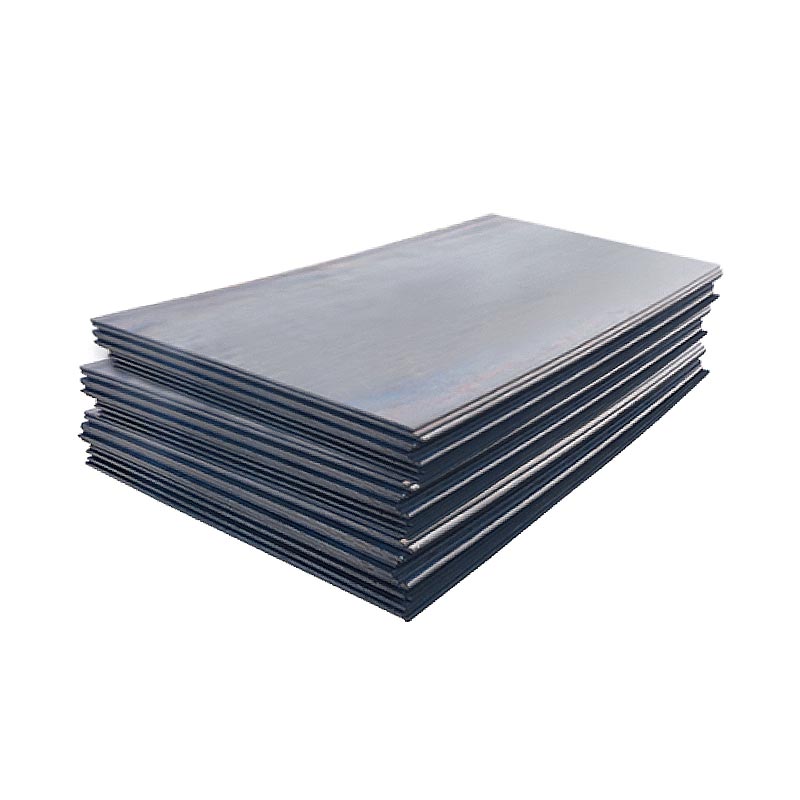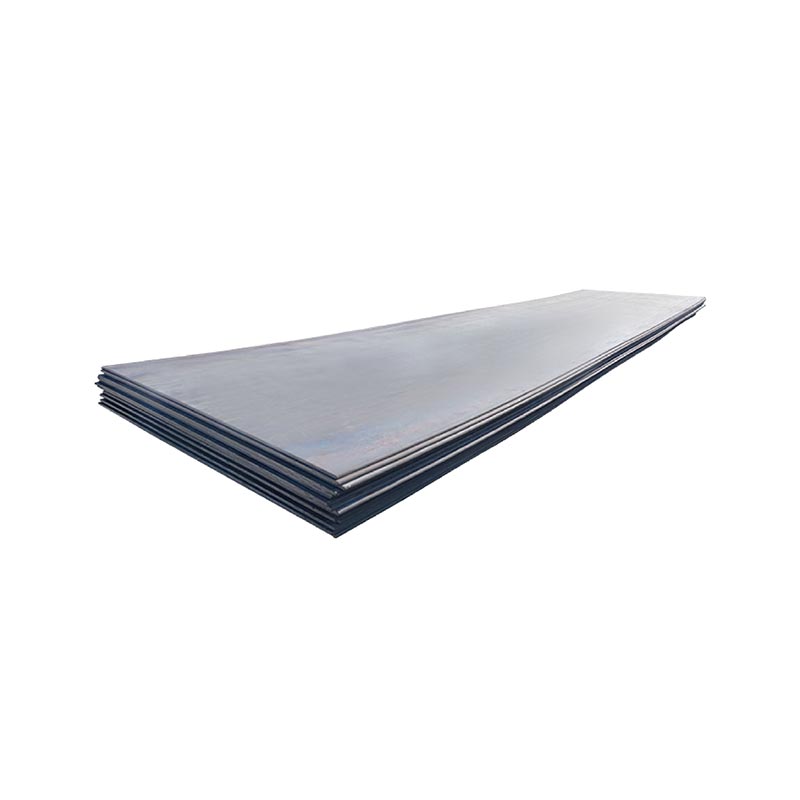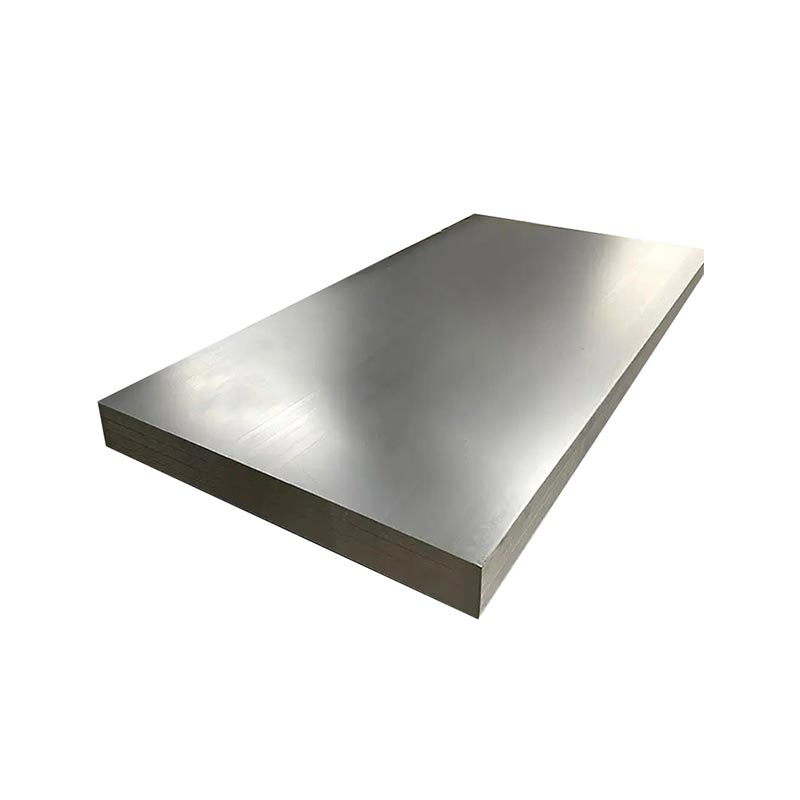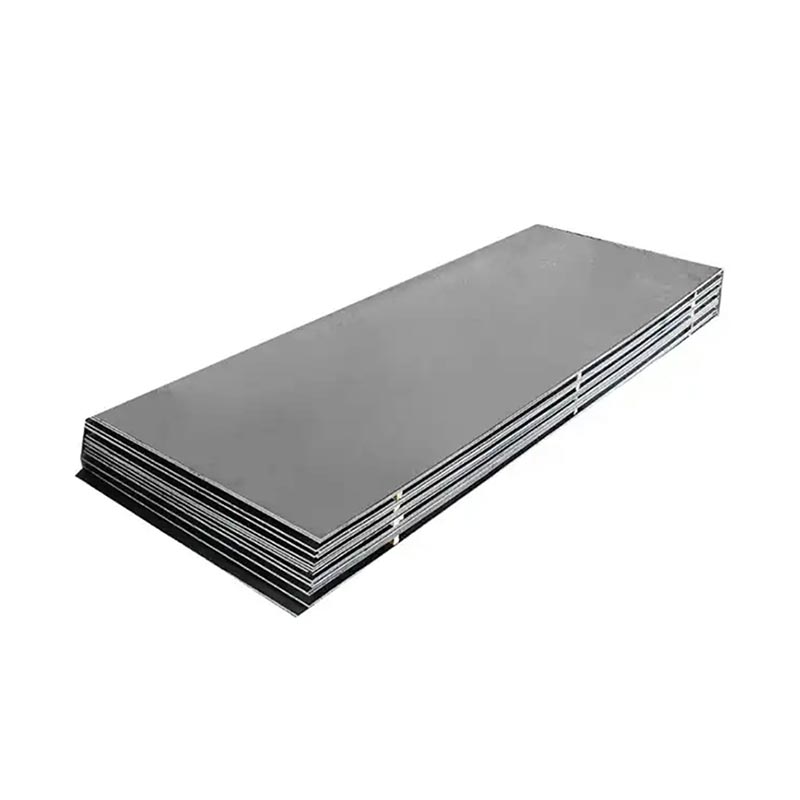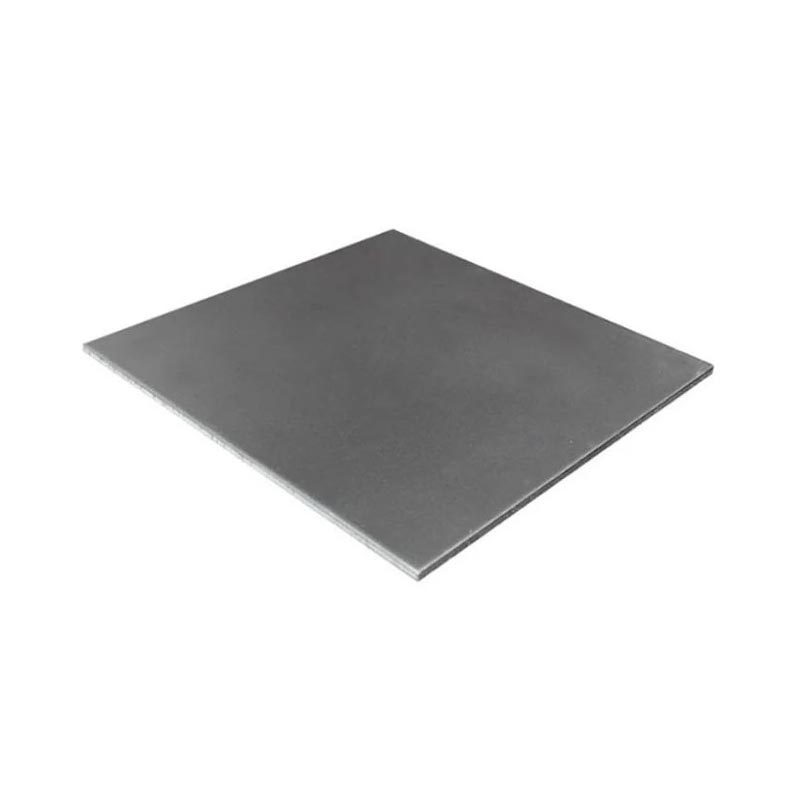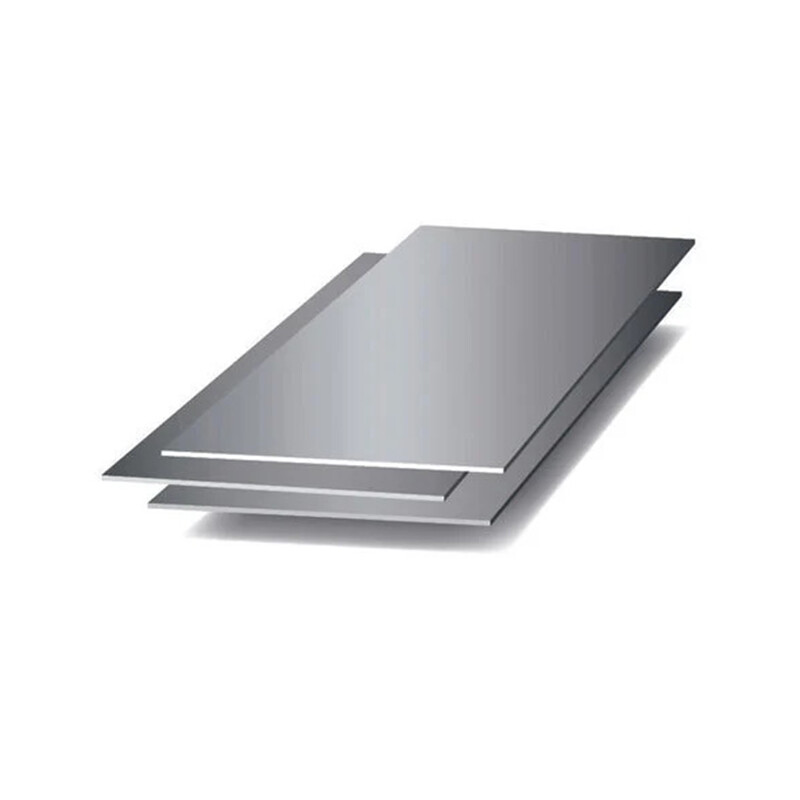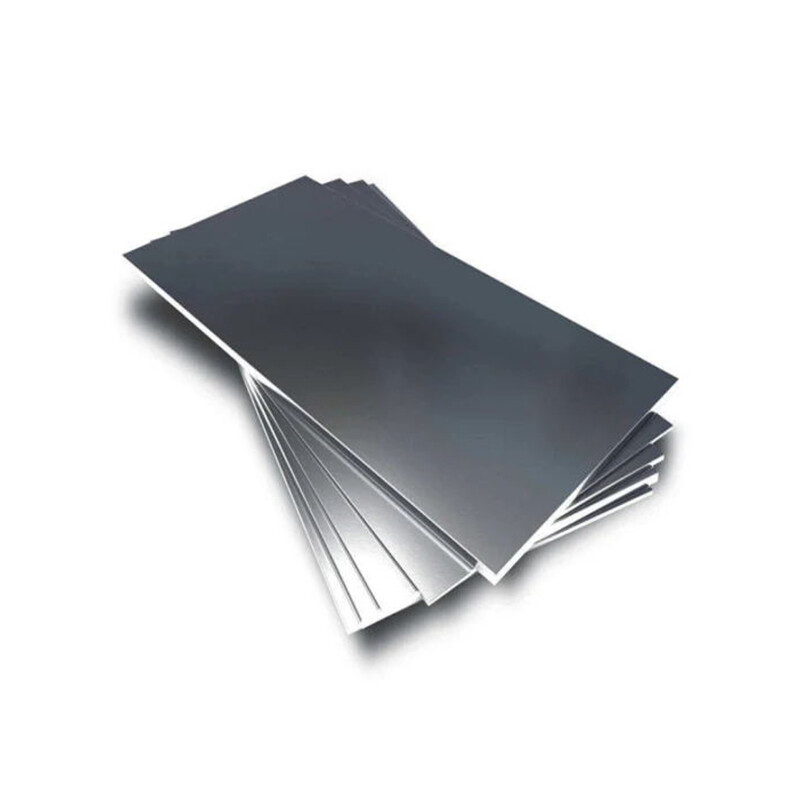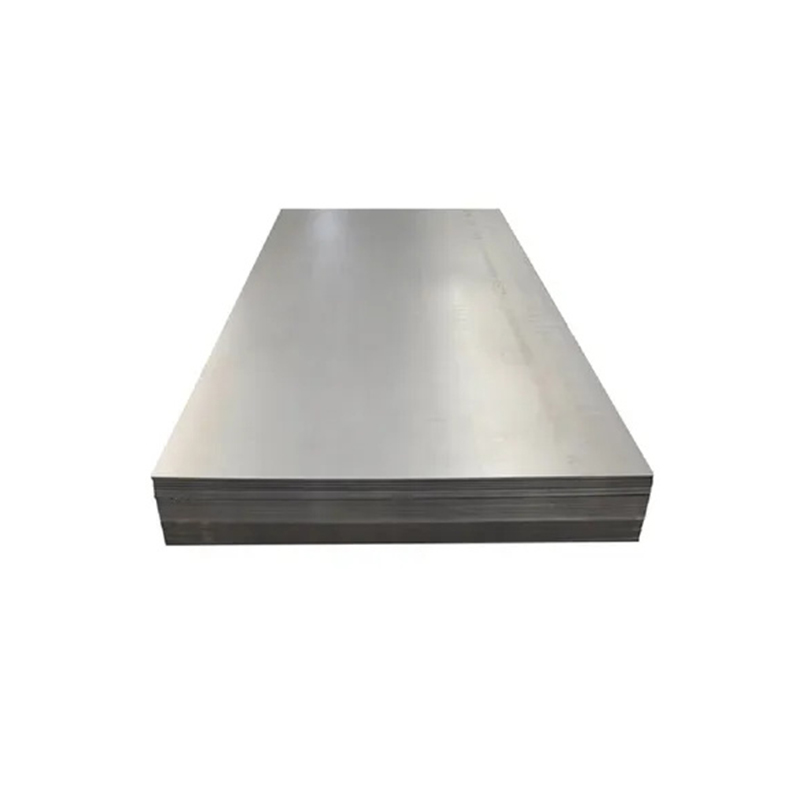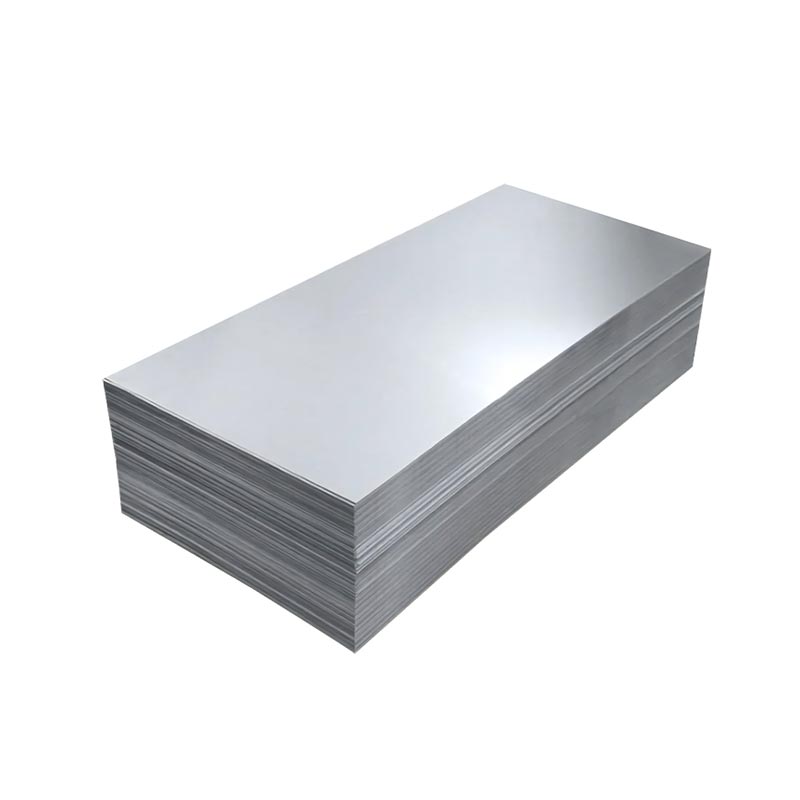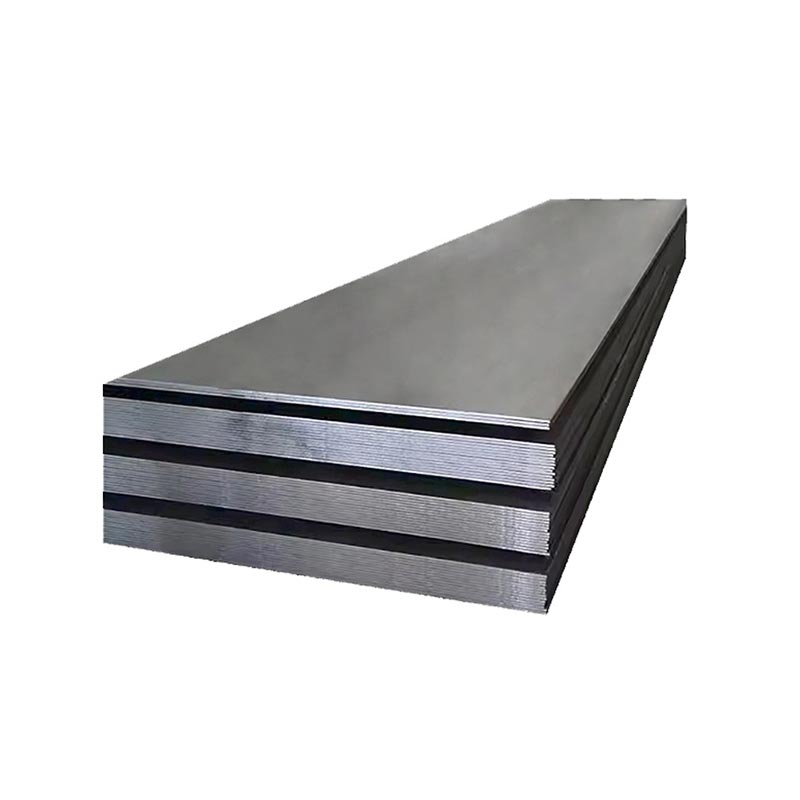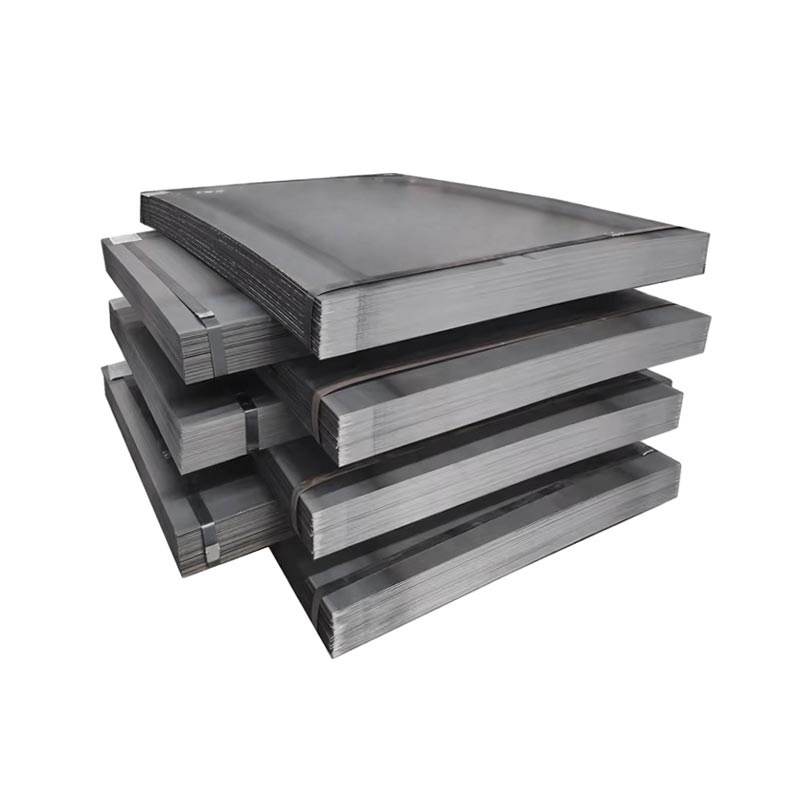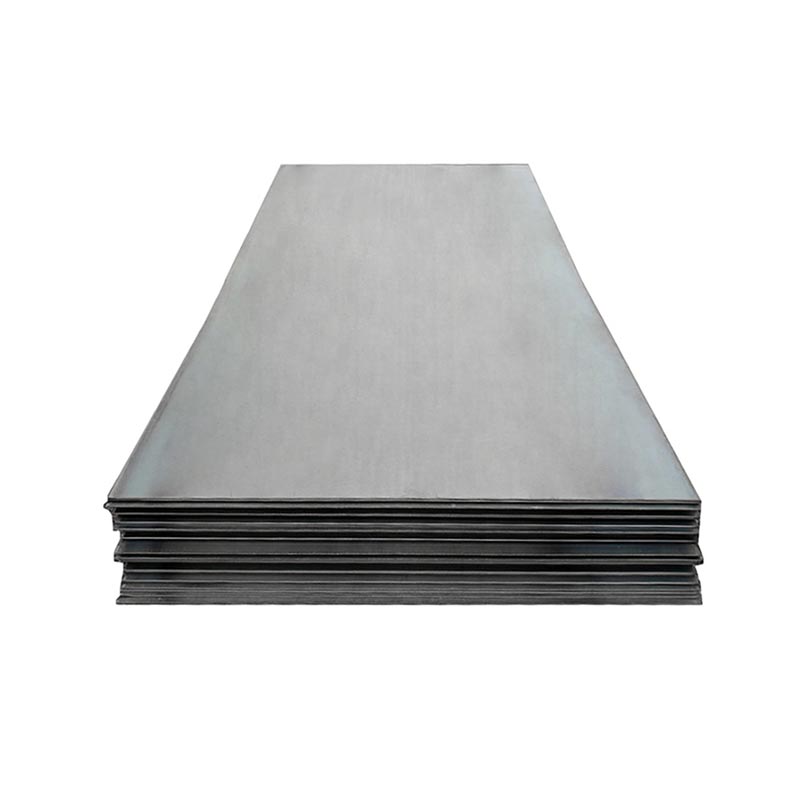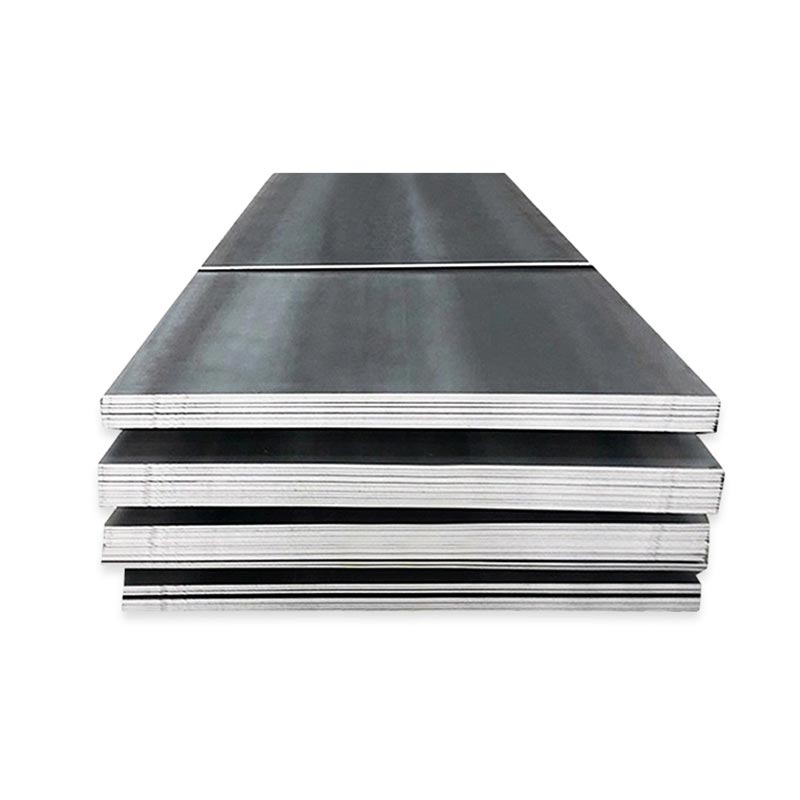Carbon Steel Coil
● A carbon steel coil is a continuous, rolled sheet of carbon steel (iron-carbon alloy) wound into a coil shape. Classified by carbon content (low, medium, high), it balances formability, strength, and cost.
● Low-carbon coils (e.g., A36) offer ductility and weldability, ideal for automotive parts or construction. Medium-carbon variants provide higher strength, used in machinery. High-carbon types are hard but less flexible, suited for tools.
● Available in various thicknesses and widths, these coils are unrolled for cutting, stamping, or forming. Common in manufacturing, construction, and metalworking, they serve as raw material for pipes, panels, and structural components.
View Video
A709 Carbon Structural Steel Coil
A709 carbon structural steel coil, per ASTM standards, is engineered for highway and railway bridges, with grades (e.g., 36, 50, 50W) varying in strength and weather resistance. It offers tensile strength 400–700 MPa, good weldability, and formability. Grade 50W includes weathering elements (Cu, Cr) for corrosion resistance, ideal for exposed structures. Balancing strength, toughness, and durability, it’s widely used in bridge girders, structural frames, and load-bearing components requiring reliable performance under dynamic stresses.
Get A Quick Quote!
You Can Leave Us A Message
or Send Us An Email!
Product Details
Product Parameters
Packaging and Transportation
Related Products
Leave Us Message
Please give us a message
What are you lookking for?

